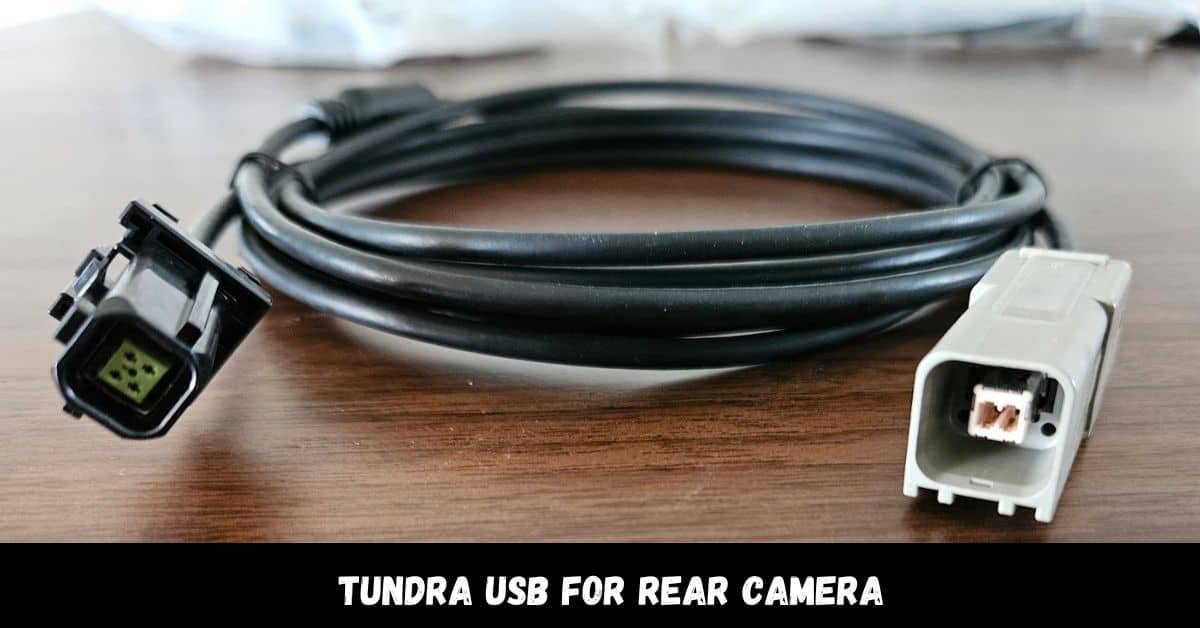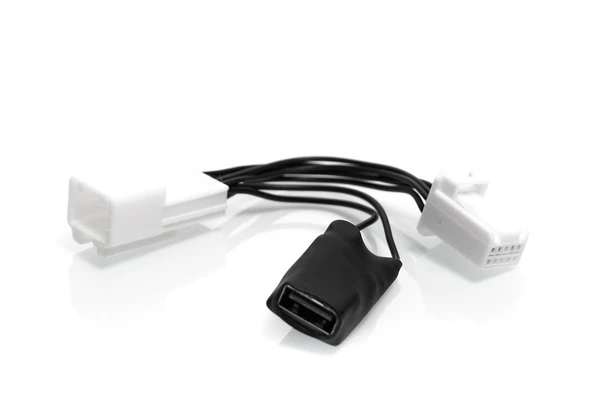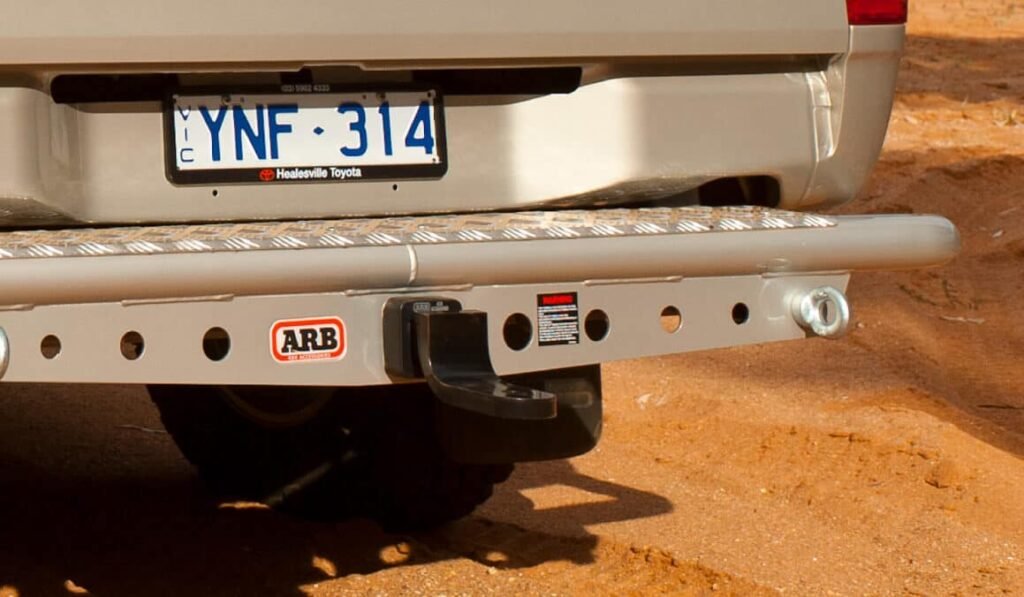The 2020 Toyota 4Runner P0333 code is “Knock Sensor 2 Circuit High Input (Bank 2)”. It indicates that the vehicle’s engine control module (ECM) has detected a problem with the second knock sensor on the engine’s bank 2. This could mean that the signal from the sensor is too high, which typically points to a malfunction in the sensor or its wiring. The knock sensor is designed to detect abnormal vibrations in the engine, helping to prevent engine damage by adjusting the ignition timing when necessary.
What Does the 2020 Toyota 4Runner P0333 Code Mean?
The P0333 code means the engine’s knock sensor on bank 2 sends an unusually high signal, indicating it may not work properly. Knock sensors detect vibrations caused by engine knock or pinging events that occur when fuel burns unevenly in the engine cylinder. This code usually means the sensor is either faulty, damaged, or has a wiring problem. When the sensor cannot function, the engine might not adjust its timing correctly, which can lead to more serious mechanical issues.
Where is the Knock Sensor Located on a 2020 Toyota 4Runner?
The knock sensors on a 2020 Toyota 4Runner are typically located on the engine block, cylinder head, or intake manifold. Bank 2 refers to the side of the engine opposite bank 1, usually the side with the cylinders 4, 5, and 6. For the 4Runner, bank 2 would be on the driver’s side of the engine in a V6 configuration. The knock sensor is positioned to monitor engine vibrations effectively, helping prevent engine damage caused by pre-ignition or detonation.
How Does the Knock Sensor Work in a 2020 Toyota 4Runner?
The knock sensor in a 2020 Toyota 4Runner is an electronic sensor designed to detect abnormal vibrations (knocking or pinging) inside the engine caused by an incorrect air-fuel mixture or ignition timing issues. When the sensor detects knocking, it generates an electrical signal, which is sent to the powertrain control module (PCM). The PCM then adjusts the engine’s ignition timing to reduce knock and prevent engine damage. The sensor uses piezoelectric materials to convert vibrations into electrical signals, which helps maintain smooth engine operation.
Why Does the P0333 Code Appear in the 2020 Toyota 4Runner?
The P0333 code can appear for several reasons in your 2020 Toyota 4Runner:
- Faulty Knock Sensor: The sensor itself may be damaged or have failed completely, resulting in a high input signal.
- Wiring Issues: Broken or frayed wiring, corroded connectors, or poor electrical connections between the knock sensor and the ECM can trigger the P0333 code.
- Faulty PCM: Although less common, a malfunction in the PCM can cause this code by misinterpreting the signals from the knock sensor.
- Incorrect Fuel: Using low-octane fuel or poor-quality fuel can increase the chances of engine knock, leading to abnormal signals from the knock sensor.
What are the Common Symptoms of the P0333 Code?
If your 2020 Toyota 4Runner logs the P0333 code, you might notice the following symptoms:
- Check Engine Light: The most common indicator is the illumination of the check engine light.
- Engine Knocking: Audible knocking or pinging noises may come from the engine, especially during acceleration.
- Loss of Power: Your vehicle may feel sluggish, and you could experience a noticeable decrease in performance.
- Irregular RPMs: The engine may struggle to maintain consistent idle or RPM levels during driving.
- Poor Fuel Efficiency: You may notice a drop in fuel efficiency as the engine struggles to maintain proper combustion.
- Hard Starts: In some cases, the vehicle may be harder to start due to ignition timing issues.
How to Check the 2020 Toyota 4Runner P0333 Code?
Diagnosing the P0333 code involves a few key steps:
Scan the Vehicle:
Use an OBD-II scanner to confirm the presence of the P0333 code and check for any other related trouble codes.
Inspect the Knock Sensor Wiring:
Examine the wiring connected to the knock sensor for any visible damage, corrosion, or loose connections.
Test the Knock Sensor:
Using a multimeter, measure the resistance of the knock sensor to determine if it’s functioning correctly.
Check for Engine Knock:
Listen for any knocking sounds coming from the engine, especially under acceleration.
Verify with Freeze Frame Data:
Review the freeze-frame data to understand the engine conditions when the code was set.
Check the Fuel System:
Verify fuel quality and pressure to ensure there’s no issue that could contribute to engine knocking.
Which Parts are Usually Affected by the P0333 Code?
When dealing with the P0333 code, the following parts may be affected:
1. Knock Sensor: The primary component that could fail and cause the code to appear.
2. Knock Sensor Wiring and Connectors: Damaged or corroded wiring can interrupt signals between the sensor and the PCM.
3. Powertrain Control Module (PCM): In rare cases, the PCM itself may malfunction, leading to improper processing of the knock sensor signals.
4. Fuel System: Poor fuel quality or incorrect octane levels can exacerbate engine knocking, triggering the P0333 code.
How to Fix the P0333 Code in the 2020 Toyota 4Runner?
Replace the Knock Sensor
If the knock sensor is bad, it won’t work correctly. You might need to replace it, and this is usually the best way to fix the problem. Since the sensor is located under the intake manifold, you may need to remove it to access the sensor.
Repair the Wiring
Sometimes the problem isn’t the sensor, but the wires connected to it. Check the wires for any damage, like breaks or rust. If you find damaged wiring, it needs to be repaired or replaced to allow the sensor to work properly.
Update or Replace the PCM
If the sensor and wires are okay, the PCM (Powertrain Control Module) might be faulty. Sometimes, it just needs a software update to fix the problem, but in rare cases, it might need to be replaced entirely.
Use the Right Fuel
If you’re using low-octane fuel, it could cause the engine to knock, which triggers the P0333 code. Check your owner’s manual for the right fuel type and switch to higher-octane fuel if needed.
Clear the Code
After making these fixes, use an OBD-II scanner to clear the P0333 code. Drive your vehicle to see if the code comes back. If it doesn’t, your problem is likely fixed.
Check for Engine Issues
In some cases, engine problems like carbon buildup or worn parts can cause the knock sensor to trigger the code. If everything else checks out, it might be a good idea to have your engine inspected for any mechanical problems.
Look for Vacuum Leaks
A vacuum leak in the engine can cause knocking, which may set off the P0333 code. Check your intake hoses and connections for any air leaks, and fix them if found.
Which Tools Do You Need to Fix the P0333 Code?
To repair the P0333 code in your 2020 Toyota 4Runner, you will need the following tools:
- OBD-II Scanner: To read and clear the error codes.
- Multimeter: To test the resistance of the knock sensor.
- Wiring Tools: Such as wire strippers, electrical tape, and replacement connectors for repairing damaged wiring.
- Socket Set: To remove and replace the knock sensor.
- Service Manual: Vehicle-specific manuals like Chilton or ALLDATA for repair guidance.
Where Can You Buy a Replacement Knock Sensor for the 2020 Toyota 4Runner?
You can buy a replacement knock sensor for your 2020 Toyota 4Runner from various sources. Online retailers like CarParts.com, Amazon, or AutoZone offer compatible options, and local auto parts stores such as O’Reilly Auto Parts or NAPA Auto Parts often have them in stock. For guaranteed quality and fit, you can also purchase an OEM knock sensor directly from a Toyota dealership.
FAQs About the 2020 Toyota 4Runner P0333 Code:
Can I still drive my 2020 Toyota 4Runner with the P0333 code?
It’s not recommended to drive with the P0333 code because it may cause engine damage over time. The engine knock detected by the sensor can harm internal parts if left unchecked.
How much does it cost to fix the P0333 code in a 2020 Toyota 4Runner?
The cost to fix the P0333 code depends on what’s causing the issue. Replacing the knock sensor could range from $200 to $500, including parts and labor. If it’s a wiring issue, the cost may be lower, but replacing the PCM could be more expensive.
Can a bad knock sensor affect fuel efficiency?
Yes, a faulty knock sensor can cause the engine to run less efficiently, which may lead to lower fuel economy. The sensor helps optimize ignition timing, so when it malfunctions, the engine may consume more fuel.
How long does it take to replace a knock sensor?
Replacing a knock sensor can take about 2 to 4 hours, depending on the mechanic’s experience and the difficulty of accessing the sensor in the engine.
Can the P0333 code cause the engine to overheat?
While the P0333 code itself doesn’t directly cause overheating, engine knocking can lead to higher engine temperatures. Ignoring the code could eventually cause overheating if the engine damage worsens.
Does resetting the code fix the problem?
Simply resetting the P0333 code using an OBD-II scanner won’t fix the issue. You need to address the underlying cause, such as a bad knock sensor or wiring problem, to prevent the code from returning.
In The End:
The 2020 Toyota 4Runner P0333 code points to a problem with the knock sensor, which can lead to engine knocking and reduced performance. Addressing the issue quickly by diagnosing and repairing faulty sensors or wiring can prevent further engine damage. Regular maintenance and using the correct fuel can also help avoid this code. Fixing it ensures your 4Runner runs smoothly and efficiently.













